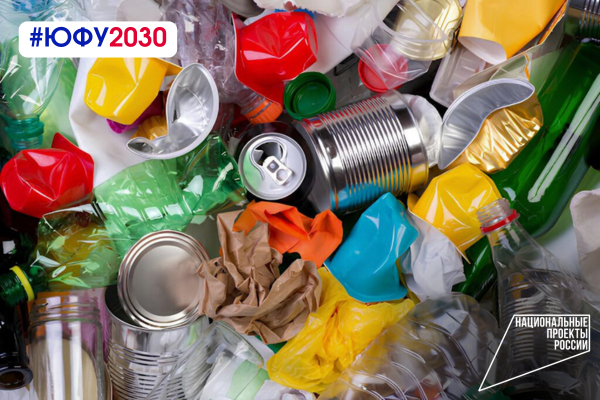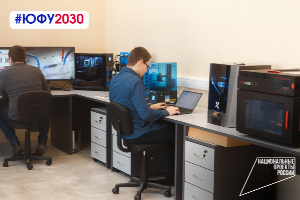
The number of municipal solid waste (MSW) landfills is increasing every year, which makes the issue of their impact on the environment relevant. SFedU researchers studied the soil condition in Rostov-on-Don, including the territories of MSW landfills, abandoned fields and arable land. The results of the study will help to develop effective methods of soil monitoring and restoration.
During the work, scientists from the D.I. Ivanovsky Academy of Biology and Biotechnology of the Southern Federal University assessed key physical, chemical and biological parameters of soils, such as pH, humus content, concentration of heavy metals (chromium, nickel, copper, zinc, arsenic, lead), as well as enzyme activity, phytotoxicity of soils and the number of microorganisms. A high content of copper, zinc and lead was found.
The researchers paid special attention to biological indicators, which are important indicators of soil health and also play a key role in the metabolism of living organisms, including plants, microorganisms and animals. Catalase and invertase are distinguished among them.
Catalase activity is involved in protecting cells from oxidative stress caused by the accumulation of hydrogen peroxide. A decrease in catalase activity may indicate a violation of the redox balance in the soil, which is often associated with pollution or other stressful factors. The activity of invertase in the soil is an indicator of the intensity of decomposition of organic matter in the soil. A decrease in invertase activity under anthropogenic influence indicates a violation of the biogeochemical carbon cycle in the soil, and as a result, a decrease in soil fertility.

Catalase and invertase activity, as well as the total number of microorganisms, were reduced by 10-82%, depending on the degree of soil contamination. Catalase activity turned out to be the most sensitive marker of pollution, which makes it a promising tool for environmental monitoring.
"The results of our study should be used in the environmental assessment of municipal solid waste landfills, as well as in the development of recommendations to prevent and reduce the impact of waste on soil conditions," said PhD, Head of the youth laboratory "Ecobiotechnology of diagnostics and protection of soil health", a leading researcher at the laboratory "Agrobiotechnology to improve soil fertility and the quality of agricultural products" SFedU Academy of biology and biotechnology Tatiana Minnikova.
SFedU scientists emphasize that indicators such as catalase activity, radish root length, and the number of microorganisms can be effectively used to diagnose and monitor soil conditions in areas affected by man-made impacts.

The results of the work, published in the prestigious journal of Hazardous Materials Advances, can be used to develop strategies for restoring polluted soils and improving the environmental situation in regions with high anthropogenic load.
The research was carried out with the financial support of the SFedU Strategic Academic Leadership Program project "Priority 2030" (JV-12-23-01 ), the national project "Youth and Children", the SFedU Soil Health Laboratory and the Russian Ministry of Education and Science project (FENW-2024–0001).
Short link to this page sfedu.ru/news/77416




